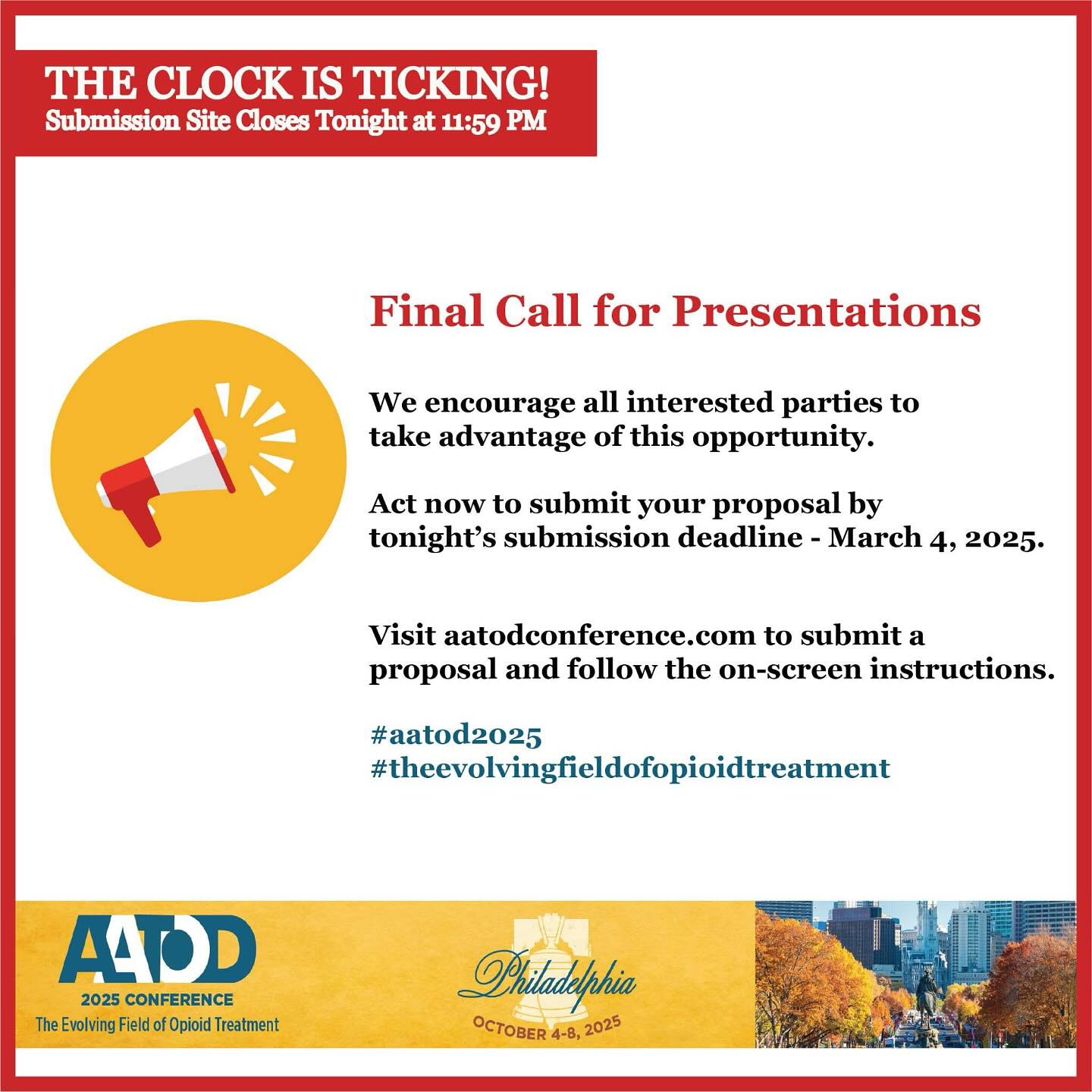The Drug Enforcement Administration (DEA), in conjunction with our Association, is in the final stages of developing the Best Practice Guidelines for addiction treatment providers throughout the country. The Association approached DEA regarding the development of a document that would not only present DEA regulations regarding addiction treatment programs, but also recommended best practices – from how to register as an NTP to ordering/receiving/administering/dispensing and destruction of medication.
Several working committees have met during the course of the past year in refining the initial draft of the Guidelines, which were released to the Board of Directors of our Association as well as to all State Methadone Authorities during the September 1998 National Methadone Conference in New York City.
The Guidelines have been expanded to include the following topics:
- Registering to become an NTP, including key elements of the registration process;
- Ordering medication, including how to complete and submit a DEA Form-222 for Schedule II medications and recommendations for establishing an efficient ordering system;
- Receiving medication, including recommendations for designating NTP personnel who are able to receive medication shipments, general procedures at the time of delivery, and guidance upon discovering damage/discrepancy to medication shipment;
- Dispensing/administering and destruction of the medication, including information on how to maintain an automated dispensing pump (e.g. cleaning and calibration of the pump), and procedures for handling the spillage of individual patient doses and accountable losses;
- Recordkeeping, DEA requirements as well as recommendations (e.g., compounding and dispensing records, inventories, theft and loss reports, receipts, and maintaining complete and accurate records); and
- Security, including DEA regulatory requirements and recommendations for safes, alarm systems, and accessibility to controlled substance medications.
The Guidelines conclude with a series of frequently asked questions from registrants regarding the topics outlined above. These questions address unique situations that require an interpretation of DEA’s regulations.
We expect these Guidelines to be available to all participants at the San Francisco National Methadone Conference, which will convene between April 9-12, 2000. The Guidelines will be available to all addiction treatment programs/providers in the US and to law enforcement personnel (e.g., State Methadone Authorities and DEA Diversion Investigators), as well as other interested parties who are involved in the treatment of opiate dependent people in the US. The Guidelines will be made available upon request through the DEA’s website (www.usdoj.gov/dea).
The Guidelines represent a critical breakthrough in crafting a cooperative working relationship between the treatment community and the DEA. It is important to note that DEA representatives and Diversion Program Managers have been incredibly cooperative in producing this document. DEA personnel have devoted countless hours in producing and refining this document and we owe them a great debt of gratitude for taking this effort so seriously. The Center for Substance Abuse Treatment has also provided technical support so that a writer/editor was available to assist in the development of the document. It has been a collaborative effort in every way.






























